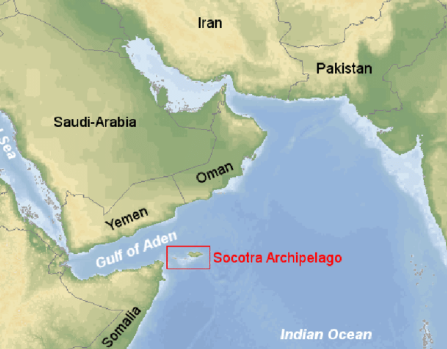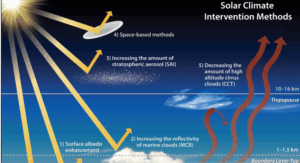Why in News?
The United Arab Emirates (UAE) and the World Health Organization (WHO) have launched a two-year humanitarian initiative to address child and maternal malnutrition on Socotra Island, Yemen.
What is Socotra Island?
- Socotra is a biodiversity-rich island often called the “Galápagos of the Indian Ocean” due to its extraordinary ecological uniqueness.
- Over 37% of its plant species are endemic, found nowhere else on Earth.
- It was declared a UNESCO World Heritage Site in 2008 for its natural heritage.
Geographical Details
- Location: About 340 km southeast of Yemen, in the Indian Ocean, near the Horn of Africa.
- Area: Around 3,796 sq. km.
- Topography: Features coastal plains, limestone plateaus, and the Hagghier Mountains.
Political Status and Strategic Significance
- Officially a part of Yemen, but has experienced UAE-backed influence through the Southern Transitional Council (STC).
- UAE maintains a military presence, citing humanitarian aid and maritime security in the Bab-el-Mandeb Strait.
- Forms part of the Socotra Archipelago, which also includes Abd Al-Kuri, Samhah, and Darsa.
Ecological Significance
- Famous for Dragon’s Blood Trees, frankincense, myrrh, and endemic aloe species.
- One of the most botanically diverse island groups globally.
- Exhibits a semi-desert climate with strong monsoonal winds (June–September), which historically isolated the island from the mainland.
Origin of Name
- The name Socotra is believed to have come from the Sanskrit term “Dvipa Sukhadhara”, which means “island abode of bliss.”
Economic and Humanitarian Aspects
- Local economy depends on fishing, pearl diving, livestock herding, and small-scale agriculture.
- The island faces serious challenges in healthcare access, food supply, and nutritional security, especially for women and children.







